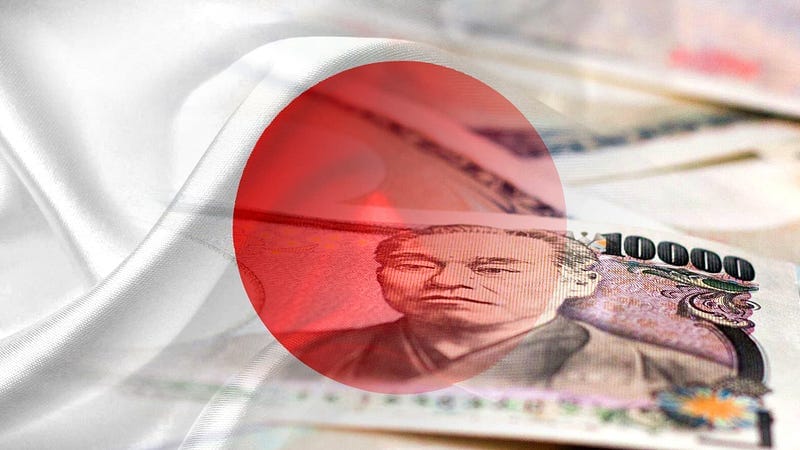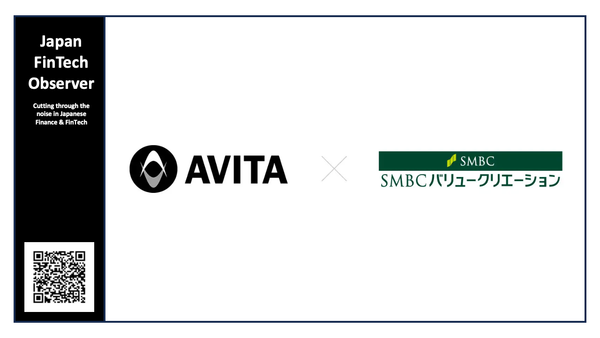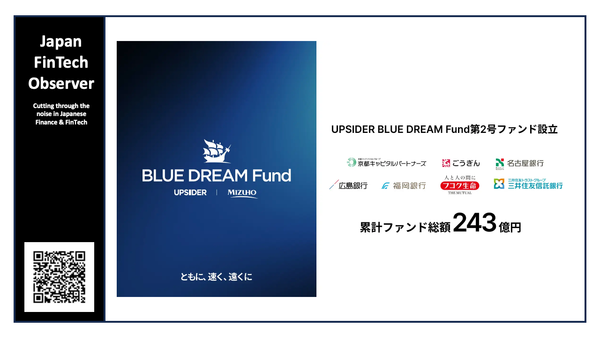BOJ: Trends in Japan’s Short-Term Money Market
The Financial Markets Department of the Bank of Japan has been conducting the “Tokyo Money Market Survey” since 2008 to grasp the trading…

The Financial Markets Department of the Bank of Japan has been conducting the “Tokyo Money Market Survey” since 2008 to grasp the trading trends of Japan’s short-term money market. This survey was initially conducted every two years, but in order to follow market trends more accurately, it has been conducted annually since 2013, and the 15th survey was conducted in August this year (the survey base point was the end of July this year).
As in previous surveys, this survey targets targeting parties involved in the Bank’s operations and major participants in the short-term money market. A total of 386 parties were surveyed (a response rate of 100 percent).
The Bank of Japan’s Financial Markets Department will make effective use of the results of this survey to grasp trends in the short-term money market, and will endeavor to grasp the state of the financial markets and structural changes from a comprehensive and multifaceted perspective, using the “Bond Market Survey” and other surveys as well. In addition, the Bank will continue to hold dialogues with market participants, taking advantage of opportunities such as the “Meeting for Exchange of Views on Market Operations” and the “Bond Market Participants’ Meeting,” and will actively support the efforts of relevant parties to revitalize Japan’s financial markets, including the short-term money market, and will itself make as many contributions as possible from its position as a central bank.
Key Findings
- Overall Market Activity: Both outstanding balances of funds raised and invested in the money market increased compared to the previous year.
- Impact of Policy Shift: The abolition of negative interest rate policy led to a decrease in call transactions, as financial institutions no longer needed to minimize their policy-rate balance holdings.
- Repo Market Trends: The repo market saw significant growth, particularly in General Collateral (GC) repo transactions. This was driven by factors like increased demand for Japanese government bonds (JGBs) from non-residents and a shift from cash to repo transactions by some foreign securities firms.
- Unsecured Call Market: The outstanding balance in the unsecured call market decreased from the previous year but remained relatively high in a longer-term perspective. This decline was attributed to reduced demand from banks seeking to manage their policy-rate balances after the policy change.
- Secured Call Market: The secured call market saw a slight increase in outstanding balance. However, low trading activity persisted due to tight supply-demand conditions for JGBs used as collateral and a shift towards GC repo transactions by some banks.
- Market Functionality: Market participants generally assessed the functionality of the money market as “high.” However, they pointed out some challenges, such as volatility in rates for JGB repo transactions influenced by inventory financing activities of securities companies.
Detailed Observations
- GC Repo Market: Both borrowing (for bond investment) and lending (for bond financing) sides saw increased activity in the GC repo market. This was fueled by banks increasing their borrowing as they were no longer required to reduce their policy-rate balances. On the lending side, securities firms and trust banks increased their activities, driven by factors like arbitrage opportunities and securing JGBs for collateral.
- SC Repo Market: Both sides of the Special Collateral (SC) repo market experienced an increase in transactions, particularly among securities firms and foreign securities houses. This reflected growing demand for JGBs from non-residents engaging in short-selling, arbitrage trading, and swap transactions.
- Unsecured Call Market Dynamics: A detailed analysis of the unsecured call market reveals diverging trends for overnight and term transactions. The overnight market saw reduced activity from banks after the policy shift but maintained its role as a key venue for trust banks managing their short-term funds. The term market witnessed a decline in transactions within one month, reflecting the disappearance of arbitrage opportunities related to the tiered reserve system. Transactions exceeding one month remained stable, driven by the liquidity coverage ratio requirements of securities companies.
- Role of Non-Deposit-Taking Financial Institutions: Non-deposit-taking financial institutions like trust banks and life insurance companies play a significant role in the unsecured call market, particularly on the lending side. Their participation is expected to remain stable as they seek to manage short-term funds and optimize returns.
Future Outlook
The Japanese money market is undergoing a period of adjustment following the shift away from the negative interest rate policy. While some segments, like the unsecured call market, are experiencing a decline in activity, other areas, such as the repo market, are witnessing growth.
The survey highlights the evolving dynamics of the market and underscores the importance of monitoring factors like:
- Future monetary policy decisions by the Bank of Japan
- Demand for JGBs from domestic and international investors
- Trading strategies and risk appetite of market participants
The Bank of Japan will continue to monitor these trends and engage with market participants to support the stable functioning of the money market.
Please follow us to read more about Finance & FinTech in Japan, like hundreds of readers do every day. We invite you to also register for our short weekly digest, the “Japan FinTech Observer”, on Medium, on LinkedIn, or on Substack.
We also provide a daily short-form Japan FinTech Observer news podcast, available via its Podcast Page. Our global Finance & FinTech Podcast, “eXponential Finance” is available through its own LinkedIn newsletter, or via its Podcast Page.
Should you live in Tokyo, or just pass through, please also join our meetup. In any case, our YouTube channel and LinkedIn page are there for you as well.




